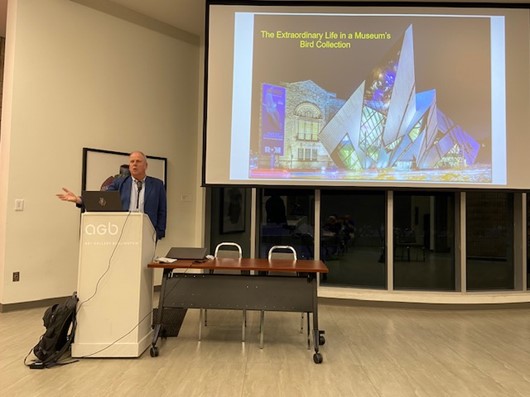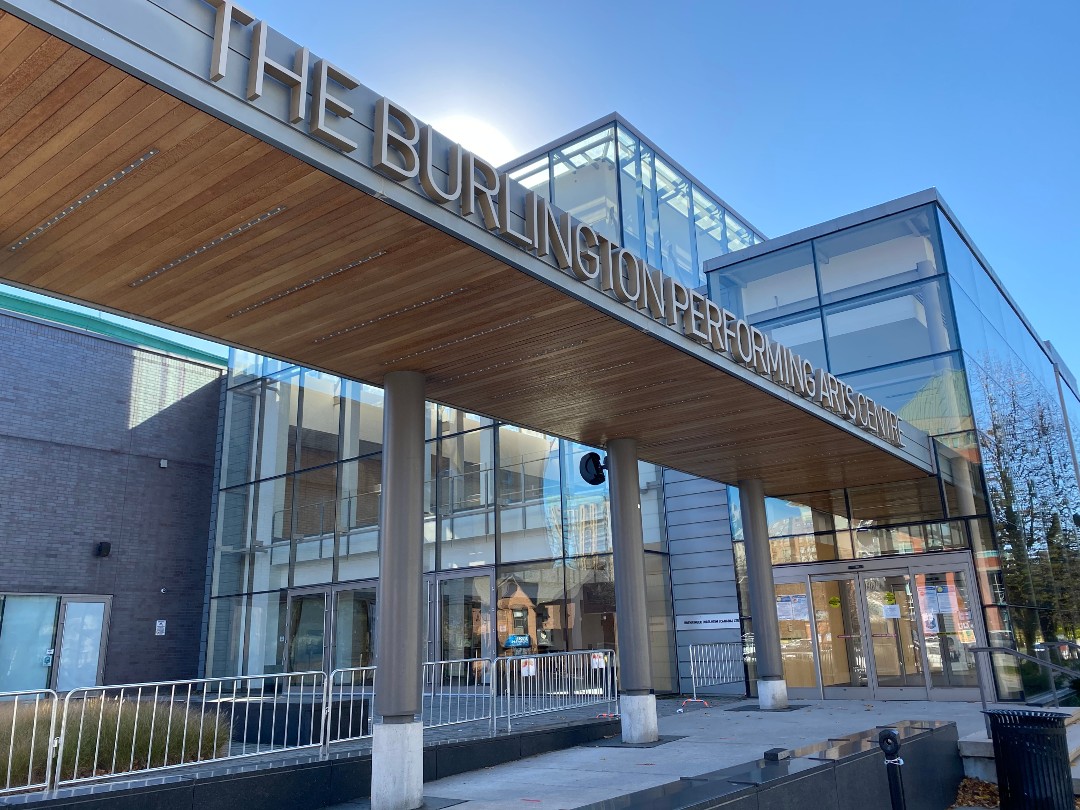By Emily R. Zarevich
On October 3, 2024, the Art Gallery of Burlington offered a night of outside-the-classroom art and history education to rival any lecture tour put on offer by the Art Gallery of Ontario in Toronto. However, it must be noted that we did have to borrow a luminary from Toronto to do it this time.
On a cool and mild Thursday autumn evening, the Art Gallery of Burlington (AGB) welcomed ornithologist and natural history photographer Mark Peck, who is based at the Royal Ontario Museum — also known as the ROM — through its doors, to talk to our city’s interested folk about birds at a time of day when the birds outside tend to be at their most docile. Peck’s credentials are remarkable. At the ROM, he holds the distinguished title of Director of the Environmental Visual Communications program. His consultation work has helped bring together the best bird-based exhibitions at the ROM in recent decades. Those who frequently commute from Burlington to Toronto in the pursuit of knowledge may recognize his name and influence from “Wildlife Photographer of the Year,” “Birds of Canada,” and “The Nature of Birds: A Photo Essay,” among others.
Peck’s lecture on birds, and how birds are presented in museums, was presented to the people of Burlington as a companion piece for artist David R. Harper’s current exhibition “Midnight,” currently featured in the AGB’s Lee-Chin Family Gallery. Attendees were asked to rise from their seats and accompany guide Stephanie Vegh for a riveting tour of what looked like something that manifested directly from Alfred Hitchcock’s 1963 notorious horror masterpiece The Birds. Described by some astonished visitors as “overwhelming,” Harper’s artistic feat is made up of thousands of oil-black ceramic birds positioned to make visitors feel surrounded, outnumbered, disturbed, and enthralled in a rounded, enclosed space. Vegh invited the visitors to hold such a manmade clay bird in their hands to feel its full weight: light in a physical sense, heavy in consideration of the average bird’s powerful, unmatchable place in the ecosystem.
Peck described Harper’s work as a “study skin” of birds. On whether or not Harper succeeded in capturing the full essence of birds in “Midnight,” Peck says, “I feel from an artistic perspective that David did capture one aspect of a ‘study skin.’ Collections are areas of contemplation. They allow people to take their time, ask questions, and learn about the subject matter. I don’t think any one person can capture the whole essence of a bird, only a living bird can do that, but I do think art can be a powerful storytelling technique to encourage people to think, react, and engage in different ways.”
On the subject of artists who depict birds in their work, and the level of biological knowledge they should have before embarking on their projects, Peck comments further: “This is a difficult question for me to answer; however, I do feel the more an artist or a scientist knows about their subject matter, the better the story they are able to tell. I think that is one of the values of a museum collection. Each researcher can use the collection in a different way to help them learn more about their area of interest.”
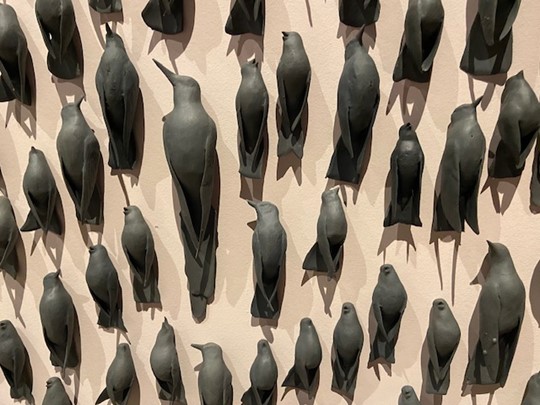
Peck’s lecture was a fascinating journey through the intricacies of the preservation of birds, both alive and dead, in Ontario’s ever-changing climate. The ROM is devoted to maintaining its archive of specimens and promoting awareness of the challenges faced in protecting the bird population in a province that is becoming increasingly urban and centred around the housing needs of humans rather than their fellow earthly inhabitants. Special attention was drawn to the work of the FLAP (Fatal Light Awareness Program) organization. For those who don’t know, FLAP is a Canadian charity dedicated to rescuing birds from the dangers of light pollution. Every year, thousands of birds get injured or killed from hitting windows after being tricked by the light. When was the last time a bird hit one of your windows, and what could you have done to prevent it? This is something to think closely about.
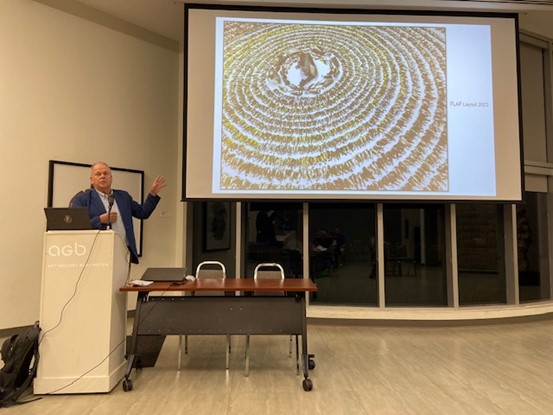
The ROM is also making headway into extensive research of passenger pigeons, an extinct species of birds that once populated all of North America. Is there a possibility that they could ever take flight again, with a bit of scientific manipulation? This was a question posed to attendees, who were likely not expecting to consider the ethicalities of the Jurassic Park franchise when they registered for Peck’s talk. Are humans even environmentally responsible enough to welcome back an old species into our current world?
“I think the science of bringing an extinct animal back to life is remarkable, but I would rather see us do a better job of protecting species at risk before they become extinct,” Peck says on the matter.
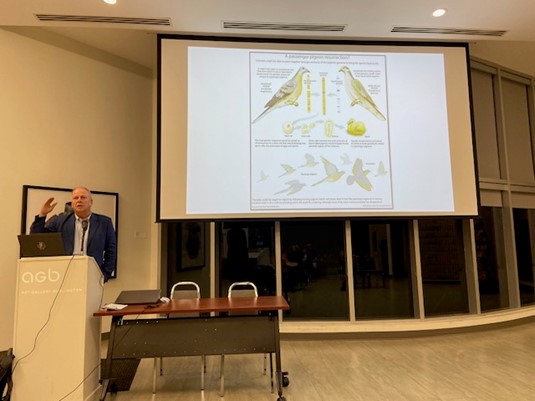
Discussed further were the decades-old practices of taxidermy, the equally enduring hobby of egg-collecting, and the bird enthusiasts who have donated their collections to the ROM over the years. Throughout the lecture, Peck entreated the attendees not to ever forgo their own bonds with the natural world and its many wonders. “A lot of us have lost that connection to nature,” he addressed the hall. “How do we get people outdoors?”
The AGB was an ideal setting for such a talk. Burlington as a city in proximity to nature is not without its bird-watching culture (or “birding,” for those in the know), and plenty of people are willing to put down their phones and look up once in awhile. People parade down the lakeside of LaSalle Park in search of swans, ducks, and geese sailing across the water. The wetlands of Kerncliff Park are a popular spot for casual birdwatching (red-winged blackbirds are known to frequent there). Hawks like to perch on the towering trees that make up the Hidden Valley paths. And the Royal Botanical Gardens offer entire programs surrounding the hobby, at any skill level. “Let’s Go Birding!” is designed for beginners, while the more intermediate, binocular-clutching types can sign up for “The Joy of Birding.”
For those willing to hop on the GO train and migrate for an afternoon to Toronto for a more indoor experience, the ROM itself promises an exciting natural photography collection in this year’s “Wildlife Photographer of the Year” exhibit, which will open on December 21, 2024.

